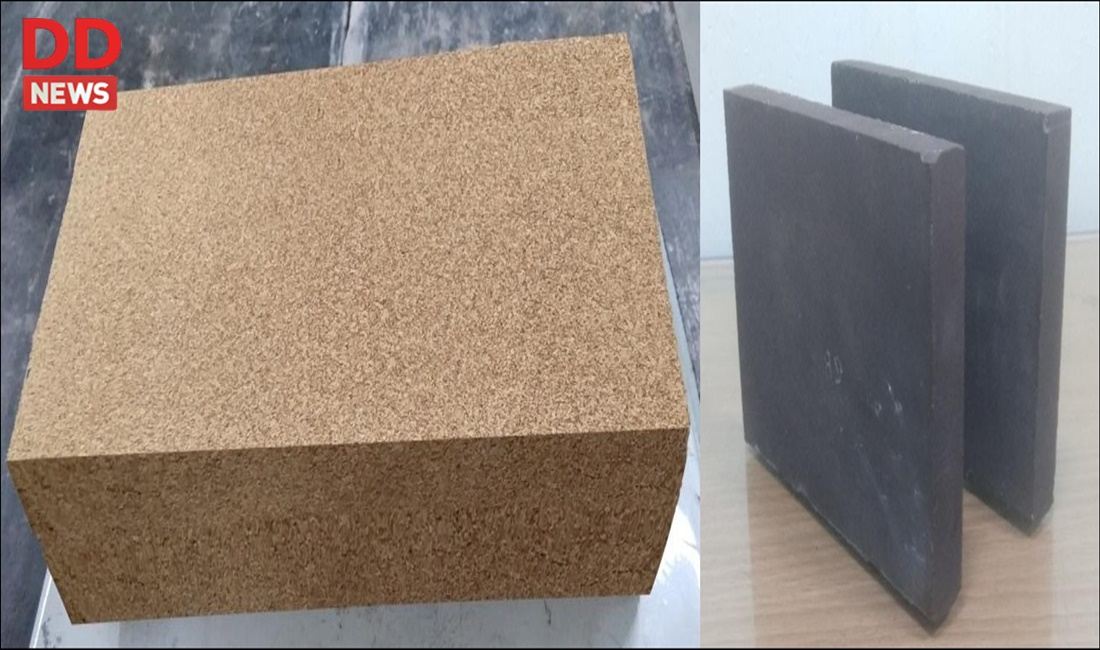This technology could provide a method of utilising bottom ash, more than a billion tons of which has so far been accumulated in ‘ash ponds’ in different parts of the country, requiring around 40,000 hectors of land, which pollutes the adjoining areas, including canals and rivers.
Scientists from the Government College of Engineering & Ceramic Technology have developed abrasion resistant ceramics and insulating refractories primarily based on this waste material.
With support from Waste Management Technologies (WMT) program of Technology Development and Transfer Division Department of Science & Technology, the team Led by Dr. Barun Kumar Sanfui mixed 45-60 % bottom ash together with a low grade and cheap variety of Indian bauxite (40-50%) sintered (compacted to form a solid mass of material without melting) it at a much lower temperature of 1500 o C compared to that used for high purity alumina (~1650 o C).
They were fabricated in the form of thick slabs. The abrasion resistance of the product developed was tested and found to be slightly lower than that of liners currently made from pure aluminium oxide (alumina), which is costlier but much higher than that prepared from basalt rock, which forms the low-cost variety.
The cost is expected to be much lower than both the existing products The abrasion-resistant ceramics would go back to the thermal power plants as liners for the steel pipes (to avoid accelerated erosion of the pipes) for transporting the pulverized coal to the boilers and also for the transportation of the bottom ash to the ash ponds.
In addition, could also be used as the liners for the different kinds of hoppers used in metallurgical industries and mineral processing plants, coal pulverisers, sinter plants, rotary kilns, coke oven, coal washeries, slurry pipes, chutes & launders, air separators in cement plant, as well as in chemical Industries.
For insulating refractories, the group has used bottom ash to the extent of 60-70% as the basic raw material with the addition of china clay and plastic clay to the extent of 30-40%. The pressed bricks are fired at a temperature of around 1300 0 C.
The developed products satisfy the required properties of Grade-B and Grade-C standard insulation bricks.
For obvious reasons, the products are expected to be much cheaper than the currently available products and are suitable in different metallurgical furnaces in steel plants as well as in different kilns, incinerators, chimneys, etc. Lab scale trial & investigation of these two products are nearly completed.
The Institute plans to carry out Pilot plant production followed by an industrial trial.
Report by: Tapas Bhattacharya

